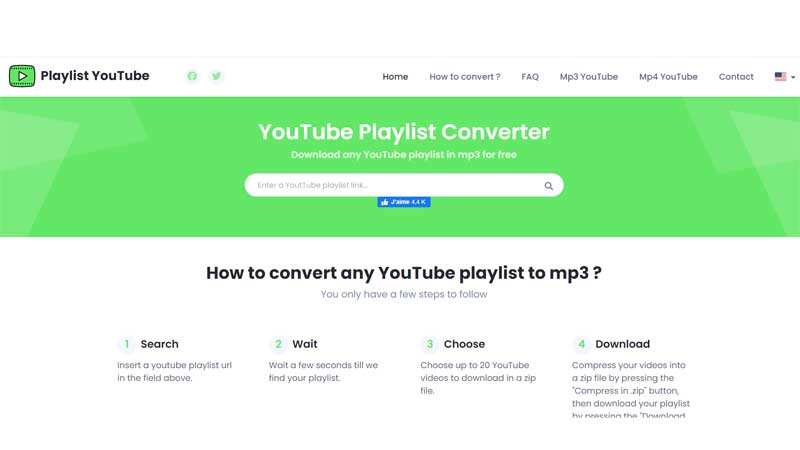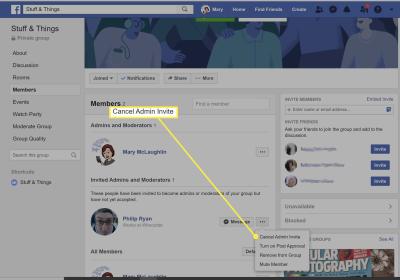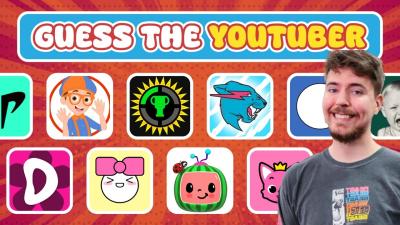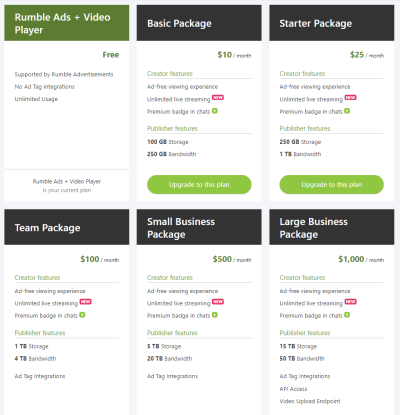Have you ever stumbled upon a fantastic YouTube playlist and wished you could have all those songs downloaded as MP3 files? You’re not alone! Many people want to enjoy their favorite playlists offline, whether for a road trip, workout, or just chilling at home. In this guide, we’ll explore the ins and outs of downloading MP3 files from YouTube playlists, making it easier for you to take your favorite tunes wherever you go!
Understanding YouTube Playlists

YouTube playlists are a fantastic way to organize and enjoy a collection of videos. They can be created by anyone—from your favorite artists compiling their best tracks to everyday users sharing their favorite clips. Here’s a deeper look at what makes playlists so great and how they work:
- Curated Content: Playlists allow users to group related videos together. For instance, a music playlist might feature songs by a particular artist or genre, while a tutorial playlist might compile all the videos needed to master a skill.
- Length and Capacity: YouTube playlists can hold up to 5,000 videos! This means you can create extensive playlists for different moods, activities, or events.
- Public vs. Private: You can choose whether your playlists are public (viewable by anyone) or private (only visible to you). This is great for keeping your personal music selections under wraps or sharing them with friends.
When you come across a playlist, pay attention to its structure. Usually, the first song sets the mood, and subsequent tracks follow a thematic or emotional progression. This makes playlists perfect for specific activities—like working out or relaxing.
To better understand YouTube playlists, consider the following examples:
| Playlist Type | Description | Example |
|---|---|---|
| Music | Collections of songs, possibly from different albums or artists. | "Top 100 Hits of 2023" |
| Tutorials | Step-by-step guides on a specific subject. | "Learn Guitar in 30 Days" |
| Vlogs | Series of videos documenting a person’s life or adventures. | "Travel Across Europe" |
Understanding the structure and purpose behind YouTube playlists can enhance your experience, especially when it comes to downloading music. When you find a playlist that resonates with you, the next step is figuring out how to get those MP3 files onto your device. And don't worry; we'll cover that in detail in the following sections!
Also Read This: How to Download YouTube Videos on iPhone Without Premium: Methods for Saving Videos Without a YouTube Premium Account
3. Tools and Software for Downloading MP3 Files
When it comes to downloading MP3 files from YouTube playlists, having the right tools can make all the difference. Thankfully, there are several user-friendly software options and online services designed for this purpose. Here’s a quick rundown of some popular tools you might consider:
- 4K Video Downloader: This software allows you to download entire playlists or channels effortlessly. Simply copy the playlist link from YouTube, paste it into the app, and select the MP3 format. It’s straightforward and supports high-quality audio.
- YTD Video Downloader: A well-known choice, YTD lets you download videos and extract audio in various formats, including MP3. Its easy-to-navigate interface makes it suitable for beginners.
- Freemake Video Downloader: With Freemake, you can download videos and playlists in different formats, and it also supports MP3 extraction. The software allows you to choose quality levels, making it versatile for various audio needs.
- Online services like YTMP3.cc: If you prefer not to download software, online converters like YTMP3 are a great option. You simply paste the URL, choose MP3, and download your file instantly. Just keep in mind that these can be less reliable and may have ads.
- JDownloader: This is an open-source download manager that lets you download media files from various platforms, including YouTube. It can automatically recognize playlists and offers MP3 conversion options.
Each of these tools has its strengths and weaknesses, so it’s worth trying a couple to see which one fits your needs best. Remember to check for updates and read user reviews to make sure you're using the most reliable and efficient version!
Also Read This: Turning Off Captions on YouTube TV: A Quick Guide
4. Step-by-Step Guide to Download MP3s from YouTube Playlists
Ready to snag those MP3 files from your favorite YouTube playlists? Here’s a step-by-step guide to make the process as smooth as possible:
- Identify Your Playlist: Start by going to YouTube and locating the playlist you want to download. Click on the playlist title to open it.
- Copy the URL: Once you’re on the playlist page, copy the URL from the address bar. This link is what you’ll need to paste into your chosen downloader.
- Open Your Chosen Tool: Whether you’re using software like 4K Video Downloader or an online service like YTMP3, open the application or website.
- Paste the URL: In your downloader, look for a button that says “Paste Link” or something similar. Click it to automatically grab the URL you copied.
- Select MP3 Format: Most tools will allow you to select the format you want. Choose MP3 for audio files, and you might also have the option to select audio quality.
- Download the Files: Click the download button. The tool will start processing the playlist, and you’ll see a progress bar indicating how much time is left. Depending on the number of songs, this could take a few minutes.
- Locate Your Files: Once the download is complete, navigate to the folder where your downloaded files are saved. If you used software, check the default directory or choose a specific folder during the download process.
And there you have it! In just a few easy steps, you can enjoy your favorite tunes offline anytime, anywhere. Happy listening!
Also Read This: How to Block YouTube Ads on iPad and Enjoy Ad-Free Content
5. Tips for Managing Your Downloaded MP3 Files
So, you've successfully downloaded your favorite MP3 files from YouTube playlists—congratulations! But now, the real challenge begins: managing those files effectively. Here are some handy tips to keep your music collection organized and easily accessible:
- Create Folders: Organize your MP3 files into folders based on genres, artists, or playlists. For instance, you might have a folder for Pop, another for Rock, and one for Chill Beats. This makes it easier to find what you're in the mood for!
- Use Descriptive File Names: When you save MP3 files, give them names that include the song title and artist. Instead of "Track01.mp3," rename it to "Shape of You - Ed Sheeran.mp3." This way, you can quickly identify tracks without playing them.
- Tag Your Files: Consider using software to tag your MP3 files with additional information, like album name, genre, or release year. Tools like MP3Tag or MusicBrainz Picard can automate this process, making your library even more searchable.
- Regularly Back Up Your Files: Always have a backup of your music collection. Use cloud storage like Google Drive or Dropbox, or an external hard drive. This way, you won't lose your favorite tunes if something goes wrong with your device.
- Keep Your Playlist Updated: As you discover new music or if your taste changes, make sure to update your playlists. Remove songs you no longer enjoy and add fresh finds to keep things exciting.
By following these tips, you can manage your MP3 files like a pro, ensuring that your music experience remains enjoyable and stress-free. Happy listening!
6. Legal Considerations When Downloading Music
When it comes to downloading music from YouTube playlists, it's essential to tread carefully in the legal waters. Here’s what you need to know to stay on the right side of the law:
- Understand Copyright Laws: Most music is protected by copyright, which means you need permission from the copyright holder to download and use it. While some tracks are available for free use, many are not. Familiarize yourself with the laws in your country to avoid any potential issues.
- Check for Creative Commons Licenses: Some artists release their music under Creative Commons licenses, which allow you to download and use their work under specific conditions. Make sure to respect the license terms, which could include giving proper attribution or not using the music for commercial purposes.
- Avoid Commercial Use: Unless you have explicit permission, don't use downloaded music for commercial projects, like YouTube videos or podcasts. This could lead to copyright claims or even legal action from artists or record labels.
- Look for Official Sources: Whenever possible, download music from official channels or authorized platforms. Services like Spotify, Apple Music, or Bandcamp often allow you to purchase or stream music legally.
- Stay Informed: Laws regarding digital content can change, so it’s a good idea to keep yourself informed about copyright issues and best practices for downloading music. Websites like the Electronic Frontier Foundation provide valuable resources on digital rights.
By understanding the legal landscape, you can enjoy your music collection without any worries. Remember, respecting artists and their work is crucial in supporting the art we all love!
 admin
admin








